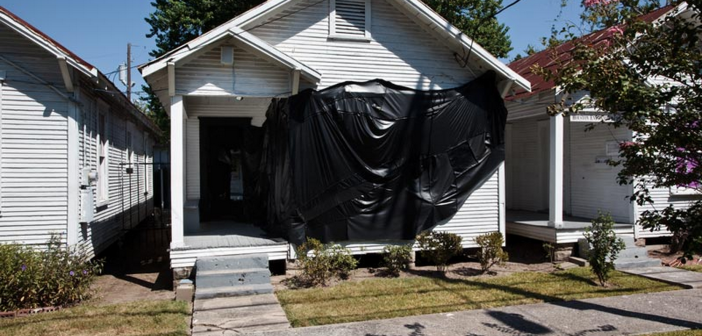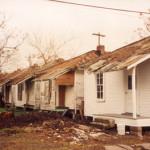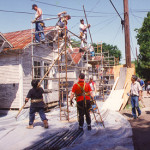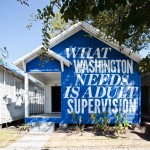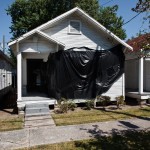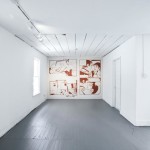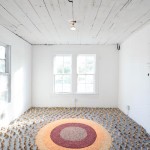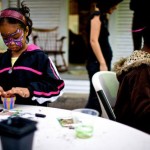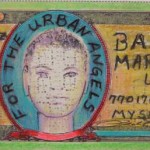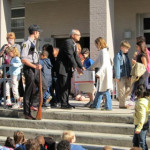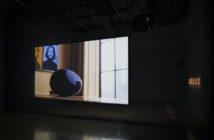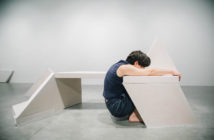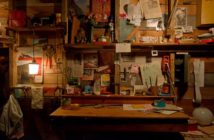Rick Lowe was up first and gave a glimpse of three projects: Project Row Houses in Houston, Texas, Small Business/Big Change in Anyang, Korea and a project in Opa Locka, Florida—both dealing with public art. Project Row Houses is a nonprofit organization in Houston’s Northern Third Ward—one of the city’s oldest African-American communities. The project is based on the premise that art and the community it creates can be the foundation for “revitalizing depressed-inner city neighborhoods.” Here, rather than demolish the dilapidated houses that plagued the neighborhood, Lowe and his team treated the architecture in a respectful way—they looked at it from a historical point of view. The houses are “social sculptures” and each integrates the artists and the community in a social way. They serve as exhibition, meeting, and living spaces. All the projects Lowe talked about involved art and community engagement as catalysts for social change.
Mel Chin talked about his latest project The Fundred Dollar Bill—a nationwide initiative to support the recovery of lead contaminated soil in post-Katrina New Orleans. To transform all of New Orleans and combat the issue of lead contamination, $300 million was required, which proved to be a challenge for the city. To make the threat of lead contamination visible to the nation and those in Congress, Mel Chin set out to have everyone and anyone draw their own interpretation of a hundred dollar bill. Community building and activism are rooted deep into the Fundred Dollar Bill project which plans on delivering 3 million-hundred dollar bills to congress to demand change in New Orleans on behalf of the entire nation.
What I took away from both of these talks is that engaging with people in their own neighborhood is proof that change can happen when an artist is involved and invested in the community itself. We often go into a neighborhood with a set of predetermined ideas and values, limiting what we can do as agents of change. Often we can’t get beyond certain stereotypes or ideas about a neighborhood or a group of people. The work of both of these artists emphasized the importance of engaging an audience outside of the establishment. Both Lowe and Chin mentioned that you just have to deliver, engage and step outside your comfort zone for these types of social art projects to be successful.
Unfortunately, both artists were given a very short time to speak about their work and discuss their engagement in addressing issues of public concern. MIT confirmed via Twitter, that the lecture was not recorded, but I've found a similar lecture given by Rick Lowe at Taubman College. Here is a short segment on Mel Chin produced by Art21 for PBS.
- Original shotgun houses in dilapidated state. Image from projectrowhouses.org
- Original Shotgun houses under construction and renovation. Image from projectrowhouses.org
- Round 33, 2513 Holman, Artist: Andrea Bowers. Image from projectrowhouses.org.
- Round 33, 2507 Holman, Artist: Nery Gabriel Lemus. Image from projectrowhouses.org
- Round 33, 2509 Holman, Artist: Nery Gabriel Lemus. Image from projectrowhouses.org
- Round 34, Jorge Rojas Gente de Maiz. Image from projectrowhouses.org
- Round 31 opening. Image from projectrowhouses.org
- Urban Angels (Baltimore, MD). Image from fundred.org.
- Fundreds line the walls of the Contemporary Art Museum Houston before the pick-up. Image from fundred.org.
- Students at Lusher Charter Elementary deposit their Fundreds directly. Image from fundred.org

